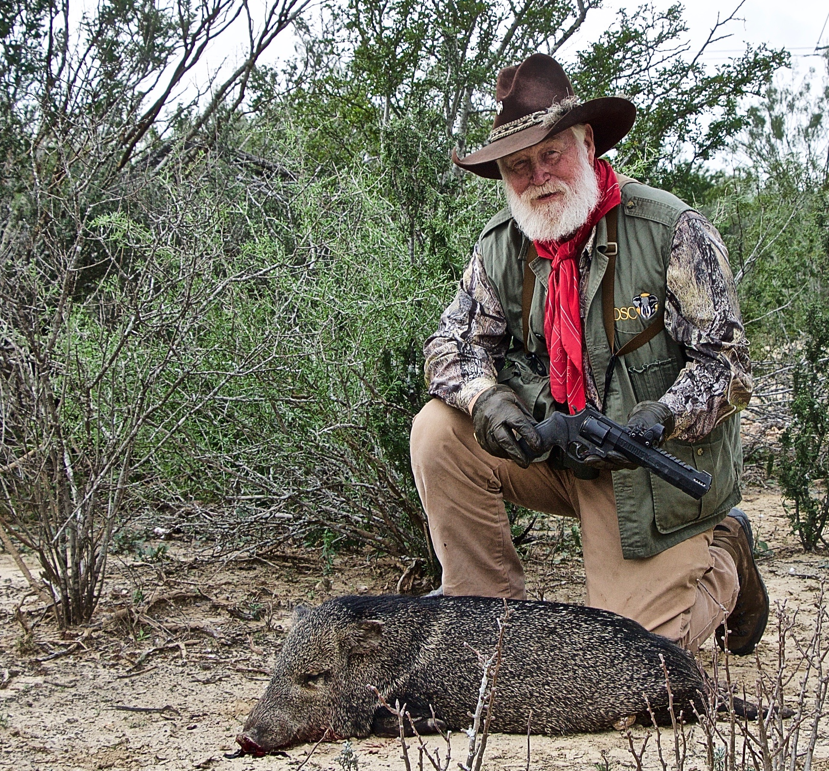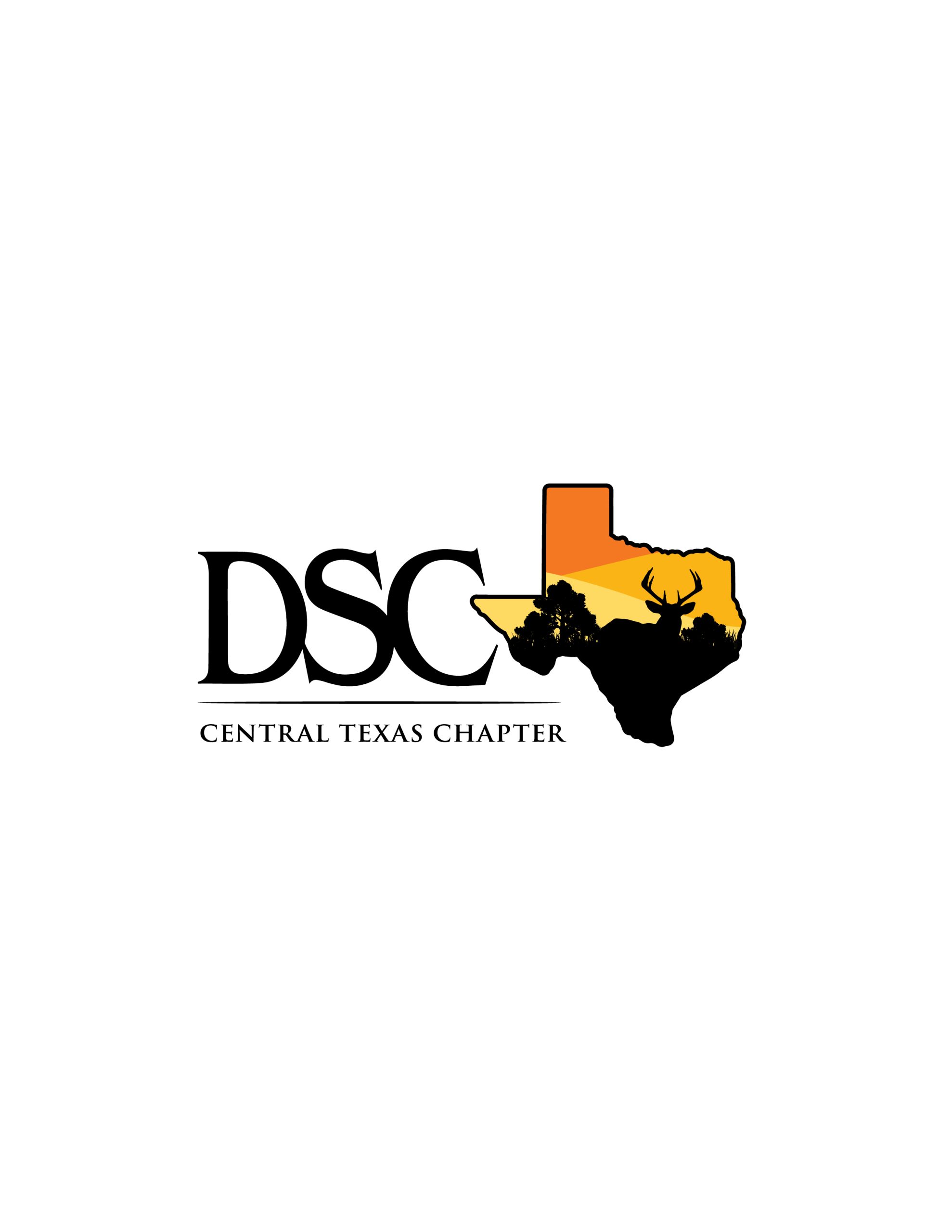Natural disasters trigger more than temporary loss of habitat for wild animals.
Think bigger: as in, increased vulnerability to poachers and death by fallen tree bigger.
After a natural disaster, headlines often capture statistics about the number of human lives lost or inches of rain per hour, but the number of animals affected is hard to quantify.
Trying to escape dangerous situations, animals will run from wildfires and seek higher ground during floods. Although decimated populations are not ideal, ecosystems are resilient. However, problems arise when at-risk species leave protected areas.
Some poachers take advantage of times when animals are vulnerable. For example, poachers will find physically tired animals outside of protected lands when law enforcement is overstretched.
One instance of struggle come from Georgia’s Wassaw National Wildlife Refuge that experienced extensive damage from Hurricane Matthew in October 2016. This summer, maintenance crews are still clearing trees and debris from the hurricane. The clean-up made headlines recently when two members stumbled upon the body of an alligator that had been crushed by a tree.
Aside from physical habitat risks, hurricane winds can drag animals out to sea or push them inland, washing them ashore at new locations, if they even survive the trip. However, these events are hard to record if animals have not been tagged.
The crewmembers’ discovery is a unique look into the struggle that animals endure during storms, especially reptiles with slowed metabolisms that make dodging falling trees difficult.
Currently, in India, floods have consumed almost 80 percent of a national park that is home to the greater one-horned rhino. Conservationists are worried poachers will use this fact to reverse the conservation efforts of the past twenty years to protect this vulnerable species.
Sources: National Geographic and CNN



